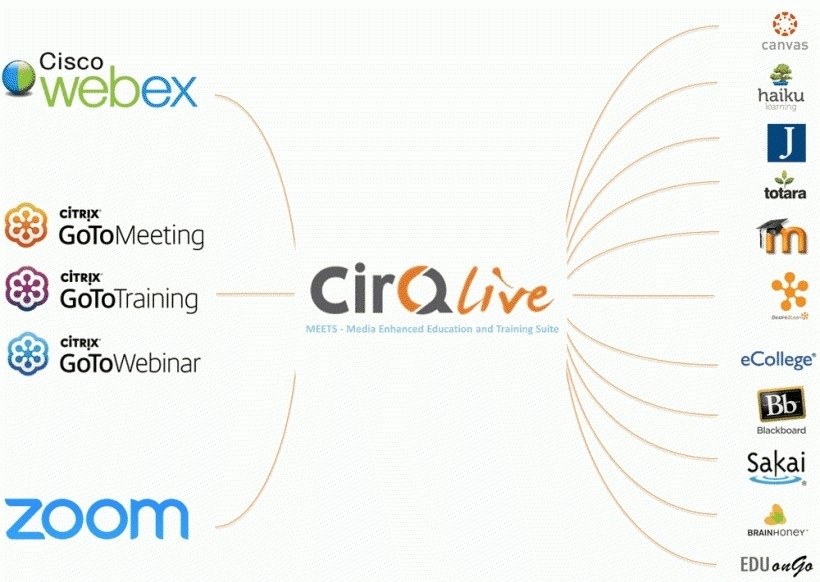Why Organizations Choose Multiple Learning Management Systems
With online training being extensively adopted by organizations, the next logical step is to go for a Learning Management System or an LMS to implement, track, and measure training effectiveness.
Organizations that have adopted an LMS to manage their training may discover, a few years down the line, that their current LMS has fallen short of meeting their growing requirements. Or they may feel that they need to opt for another LMS to meet certain unique needs of their business. In such situations, they are likely to opt for an additional LMS that will meet their changing requirements.
What are the reasons for companies deciding to go for multiple LMSs? We will explore a few in this article.
1. Access And Security Requirements
Organizations feel the need to go for an additional LMS when they have to provide training to external partners such as distributors, customers, and vendors. For security reasons, they would not be willing to provide access to their regular LMS, which may contain classified content.
Of course, the primary LMS an organization uses will have restrictions on permissions and may not be accessible to everyone. However, it could be an administrator’s nightmare to provide permissions to new groups of users every single time, after taking care of all security protocols. So a second LMS with specific content and the feature to add users belonging to specific roles will solve their problem and make training management easy. A second LMS will help the organization control access rights and meet security requirements.
2. Need For A Decentralized LMS
A common pain point in LMS use for an organization spread across the globe is the inability to meet the specific needs of geographical areas, Strategic Business Units (SBUs), or manufacturing units. The training content and tracking requirements are variables they have to deal with. They find it difficult to handle these diverse requirements from a single LMS, usually managed from the head office.
To solve this problem, an additional LMS is a better option because it can be customized based on the requirements of each geographical region, SBU, or manufacturing unit.
3. Different User Groups
Apart from access restrictions to the main LMS or the need for decentralization, some organizations may need an LMS to cater to the needs of small user groups. When organizations are looking at another LMS, it does not make sense to opt for an LMS with the same features like their current one because the features will be redundant and not required for catering to small user groups.
The cost factor could make a dent in the budget, and it would not be worth the investment. A wiser decision would be to opt for a lighter version LMS with limited features that can cater to the simple needs of small user groups.
4. Avoidance Of Additional Training Investment
Organizations with an LMS that has complex features will find it difficult when a new set of users is to be added. This is because they will have to train them on the LMS and invest time and money for the purpose. This will be a repetitive process, every time a new set of users is added.
Organizations can opt for a simpler add-on LMS with intuitive, user-friendly features that new sets of users can readily adopt and use. It also saves the organization the training time and cost.
5. Curtail Costs For A User Fee
Some LMSs charge a high per-user fee once the number of permitted users is exhausted as per the pricing plan the customer has opted for. It would make sense to choose an add-on LMS that charges a lesser amount for user fees or provides a higher number of permitted users in their pricing plans.
What To Look For When Selecting An Add-On LMS?
When opting for an add-on LMS, organizations are wiser, because they know their actual requirements. That said, let us reiterate a few things you need to look for when opting for one:
- Consider your budget – have realistic expectations from the LMS matching your budget.
- Choose add-ons to the LMS based on a 3 to a 5-year outlook of what you will need. The costs versus benefits decision should accommodate the future perspective.
- Look for a vendor who can implement the LMS rapidly and implement the core functionality efficiently.
- Opt for a vendor who can provide quicker and frequent upgrades, so that your LMS stays up-to-date with the latest technology.
- Choose a vendor who offers a free demo or a trial period so that you can test drive the LMS and see if it will work for you.
Organizations opting for an additional LMS do so for various reasons. Analyzing your reasons for wanting to do this and choosing an LMS that will meet your changing needs will make it worth the investment.









